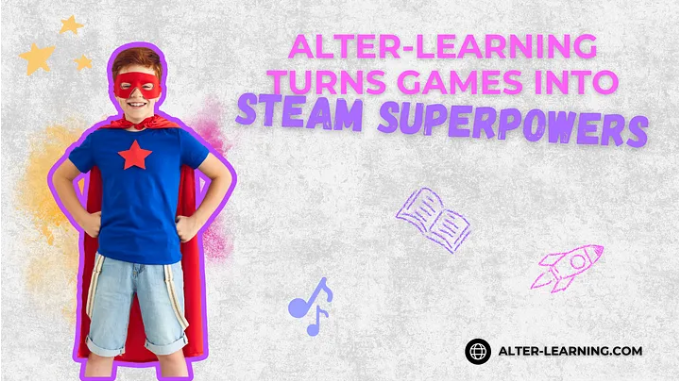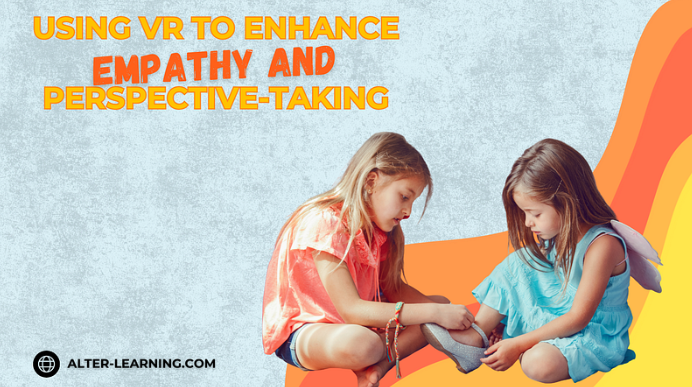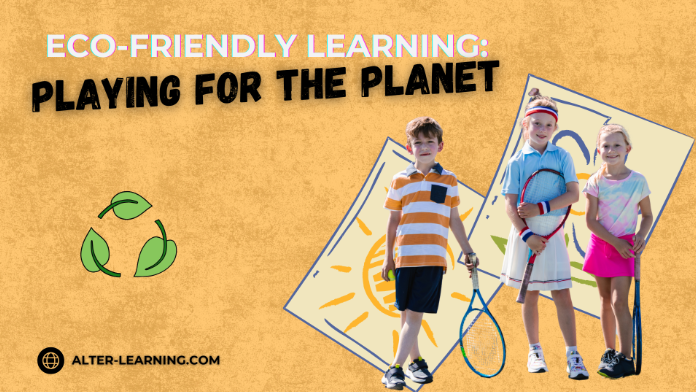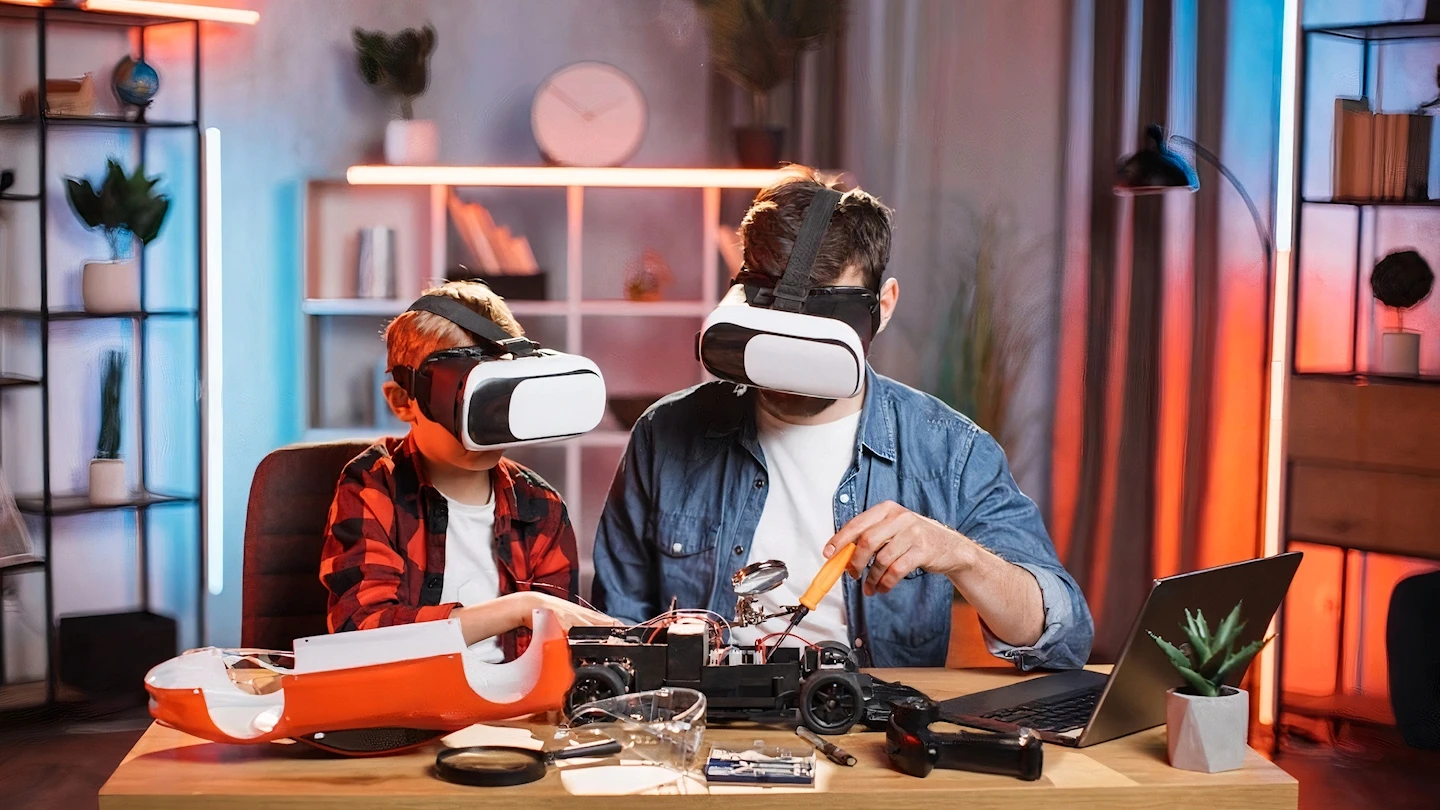By Krista Shepard
In the digital-first world children are growing up in, gaming has evolved far beyond entertainment. It’s becoming one of the most impactful tools for education, especially in STEAM (Science, Technology, Engineering, Arts, and Mathematics). Through platforms like Alter-Learning Educational Platform, games are actively shaping the next generation of scientists, coders, engineers, and creators.
Why Educational Gaming Matters in STEAM
Games captivate learners in a way that textbooks and lectures rarely can. They are built on interactivity, challenge, and engagement, elements that naturally align with practical learning.
- Deep Engagement and Immersion: Video games place students at the heart of the action. Whether solving a physics puzzle or designing a functioning robot in a game environment, students become active problem-solvers rather than passive consumers of information.
- Problem-Solving on the Fly: Many games are built on progressive difficulty, encouraging players to think critically, analyze patterns, and adapt. For instance, a bridge-building game doesn’t just entertain — it introduces core engineering principles like structural integrity and resource management.
- Creativity and Design: Sandbox games like Minecraft, Roblox, and Alter-Learning’s digital environments empower children to build, experiment, and code. These platforms provide an early taste of architectural planning, environmental design, and software development while keeping the experience fun and intuitive.
- Teamwork and Communication: Multiplayer games foster collaboration, negotiation, and strategic teamwork — skills crucial to STEAM careers, where interdisciplinary collaboration is the norm.
Real-World Classroom Integration with Alter-Learning
Alter-Learning Educational Platform integrates these game-based experiences into school curricula, transforming classrooms into hubs of interactivity and innovation.
- VR & AR Labs: Virtual and augmented reality elevate science labs beyond the page. Imagine walking through the circulatory system, witnessing molecular reactions, or navigating a volcano — all without leaving your desk.
- Math and Logic Games: Students sharpen their math skills not through drills, but through gameplay that demands calculation, probability, and pattern recognition.
- Coding Through Creation: Alter-Learning introduces coding with platforms like Scratch or its in-house tools, allowing kids to build their games. It demystifies programming by framing it as a creative outlet, not just a technical skill.
Nurturing Problem-Solvers and Independent Thinkers
Games naturally encourage experimentation and iteration. Students learn to assess a challenge, attempt a solution, fail, and try again. This loop mirrors the scientific method and engineering design process, making game-based learning a practical foundation for real-world application.
Every “level up” or solved puzzle reinforces persistence and critical thinking, the backbone of success in any STEAM field.
Parental Perspective: From Screen Time to Skill Time
While screen time often sparks concern, it’s essential to differentiate passive consumption from active, educational engagement. Games designed with learning in mind are powerful allies for both parents and educators.
- Tech Literacy and Responsibility: When parents guide children toward purposeful games and discuss the logic or science behind them, they nurture a balanced, thoughtful relationship with technology.
- Smarter Screen Choices: Not all screen time is created equal. Encouraging kids to gravitate toward games that boost creativity and cognition can transform digital play into a launchpad for future learning.
Looking Ahead: The Gamified Path to Innovation
The world is changing fast, and tomorrow’s innovators will need more than knowledge: they will need to be agile, collaborative, and tech-savvy. Alter-Learning recognizes this, embedding those skills in fun, exploratory environments where students don’t even realize how much they’re growing.
In every game where a child codes a character’s movements, constructs a digital world, or solves a logic puzzle, they’re doing far more than playing — they’re laying the groundwork for careers in space exploration, biotech, AI, and design.
Perhaps the most incredible twist is that the kids having the most fun may just become the ones who change the world.
ollow Alter-Learning for more insights into immersive education, edtech success stories, and the future of learning. Want to explore how VR/AR could transform your school or learning platform? Let’s connect.




